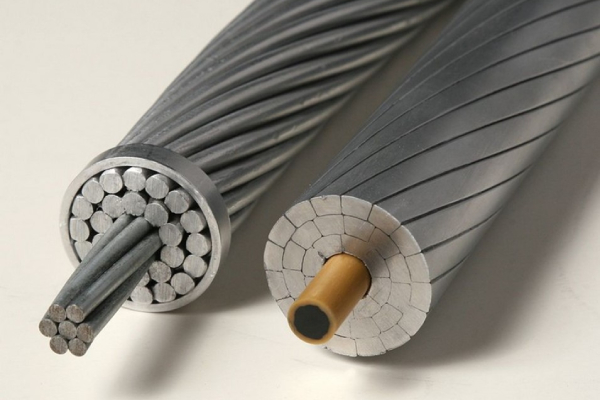Why is this project needed?
Elia wants to upgrade a high-voltage line running through the municipalities of Kruibeke, Temse, Bornem, Puurs-Sint-Amands, Buggenhout, Londerzeel, Merchtem, Asse and Dilbeek. This line forms the north-south axis of our grid.
New conductors will allow Elia to transport more electricity in the future. This is vital, as the energy transition will lead to more energy flows within Belgium and more electricity exchanges with neighbouring countries.
The energy transition in Belgium
The backbone of Belgium's grid is operated at 380 kV. This voltage level makes it possible to quickly and efficiently transmit large volumes of electricity. Elia will upgrade almost the entire 380-kV network in Belgium over the next decade. The energy transition will lead to more electricity flows within Belgium and more electricity exchanges with neighbouring countries, which is why the 380-kV network needs a transmission capacity of 6 GW.
Upgrading our grid's north-south axis
The Mercator-Bruegel high-voltage line forms the north-south axis of our grid and needs to be upgraded. Elia will boost the transmission capacity of the existing line between the Mercator high-voltage substation in Kruibeke and the Bruegel high-voltage substation in Dilbeek in order to better distribute and transmit increased electricity flows, consequently securing the country's future security of supply.
A new type of conductor
The existing high-voltage line will be equipped with High Temperature Low Sag (HTLS) conductors, a new type of conductor that can transmit more power than the current conductors. Their structure makes them less likely to sag as a result of the heat generated by power transmission, meaning that Elia can transmit more electricity at the same voltage level (380 kV).

Difference between the conductors currently used (left) and the new conductors (right) - © Elia
Need more information?
In February 2021, Elia held a digital information session on the Mercator-Bruegel project. The video below provides comprehensive details about the project. You can watch a recording of the session here.



